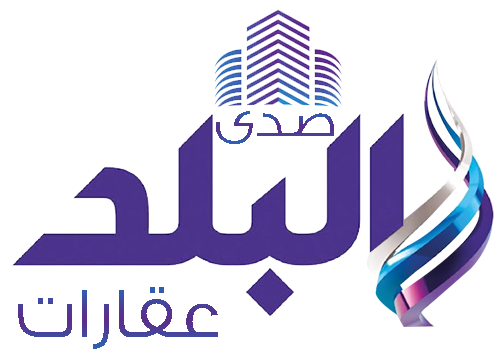In implementation of directives by Counselor Mohamed El-Shenawy, President of the Administrative Prosecution Authority, and as part of the extensive investigations being conducted by the Technical Office for Investigations headed by Counselor Khairy Moawad, Counselor Ahmed Abdel Salam, a member of the office, carried out an inspection on Monday of the restoration laboratory at the Egyptian Museum in Tahrir. He was accompanied by the Museum’s General Director, the Director of the Museum of Islamic Art, the head of the committee formed to examine the incident, and a number of specialists from the museum.
According to a statement issued today by the Administrative Prosecution Authority, the Media and Monitoring Center of the Authority had tracked reports circulating on various news outlets regarding the disappearance of a valuable ancient gold bracelet from a safe inside the museum’s restoration laboratory. It was revealed that a female employee, a restoration specialist at the Egyptian Museum, had embezzled the bracelet, left her workplace with it in her possession, and later attempted to sell it to others.
Upon presentation of the case, Counselor Mohamed El-Shenawy ordered an urgent investigation before the Technical Office of the President of the Authority in order to identify shortcomings and failures in the system of handling and securing valuable antiquities within the museum’s restoration lab, to address them, and to determine the disciplinary responsibilities arising from the incident in accordance with the findings of the investigation.
A comprehensive photographic inspection was carried out of the restoration laboratory, the electronic gates controlling entry and exit of staff and visitors, as well as the registers and documentation regulating the transfer of artifacts within the lab. Several staff members of the museum’s Restoration Department were also questioned.
The inspection revealed that the stolen bracelet dates back to the Third Intermediate Period, around 900 BC. It is crafted from pure gold and inlaid with a rare piece of lapis lazuli. The bracelet had previously been on display in one of the museum’s halls before being transferred to the restoration lab in preparation for display at an upcoming international exhibition. Records confirmed the transfer of the piece to the restoration lab, but the lab itself kept no internal logs documenting the circulation of artifacts within its premises.
Following the inspection, the Prosecution instructed the committee previously formed from the Supreme Council of Antiquities to swiftly review all procedures related to the handling and safeguarding of artifacts at the museum, conduct a full inventory of the restoration laboratory, and requested intelligence reports from the relevant oversight bodies. Investigations remain ongoing.
































